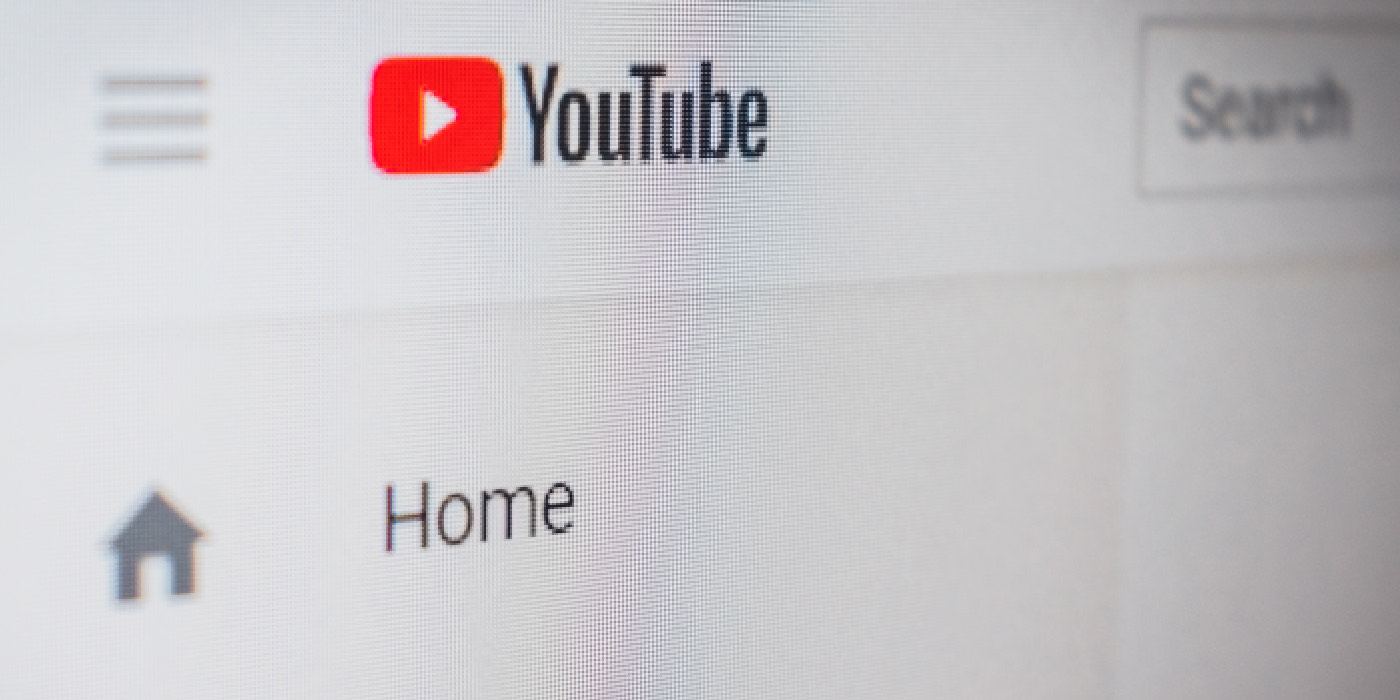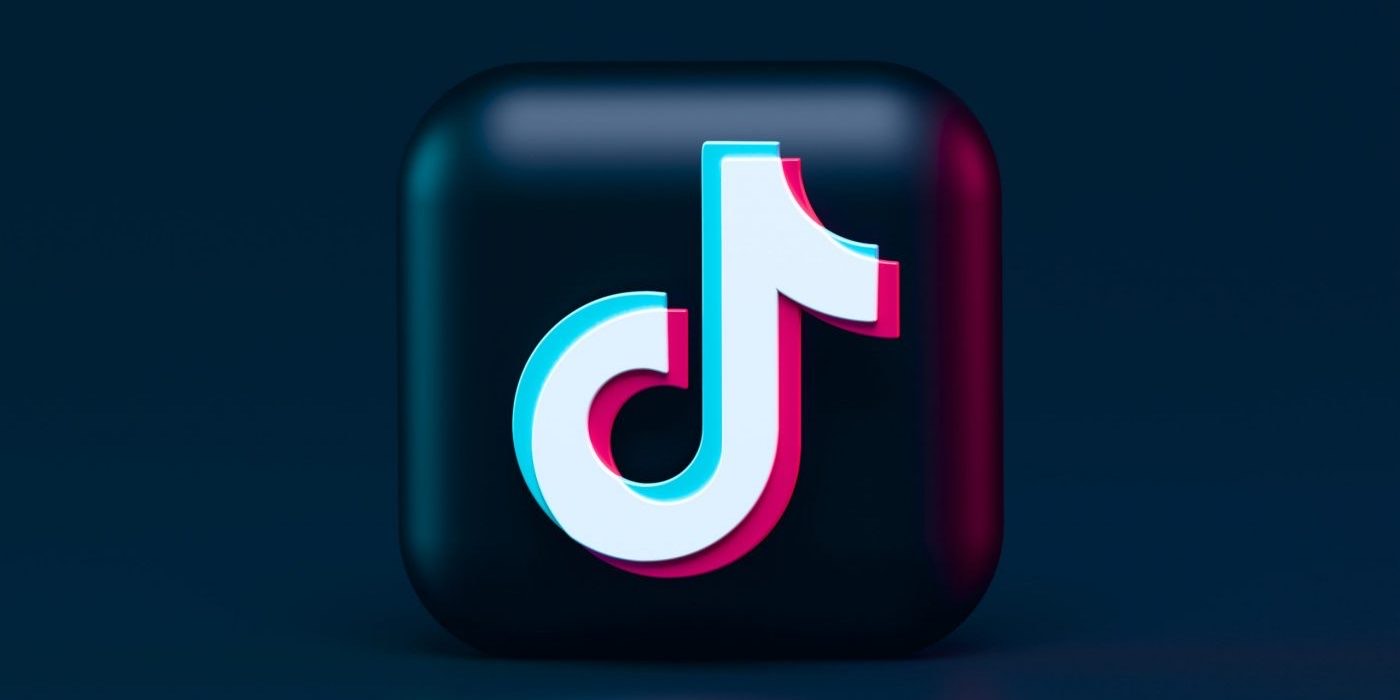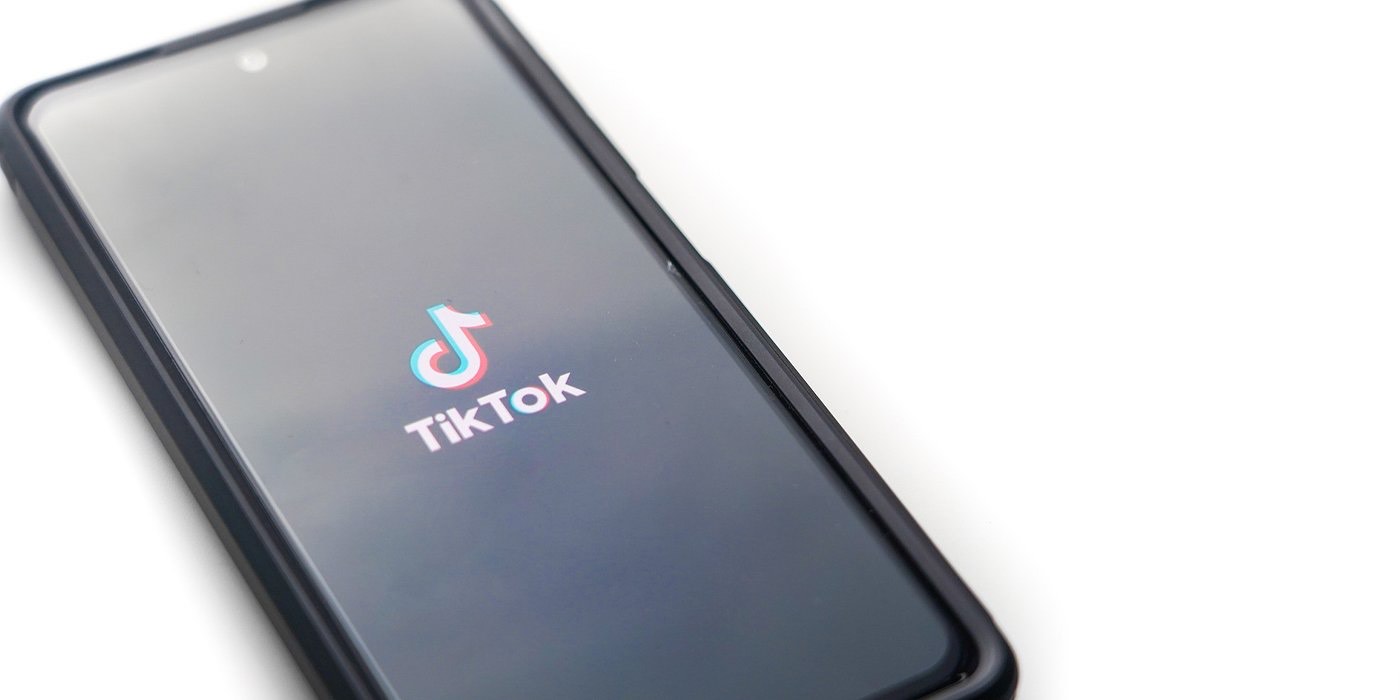
The pivot-to-video scare among marketing types may have turned out to be a false alarm, at least in terms of a complete takeover, but video content remains a superior medium on social media. More than ever before, content creators, businesses, and influencers are conscious of the power of video, and how to use it to their advantage. Companies have gone from, “Should we invest in video content?” to “Where should we invest in video content?” Its power is unavoidable. If you’re to be taken seriously, and contend seriously, you need video.
Two of the biggest video platforms are TikTok and YouTube. The latter was launched in 2005 and revolutionised the way we consume media, still enjoying over two billion monthly users. The former was founded only in 2017 but has over a billion users already. TikTok has been a huge wake-up call not just for YouTube, but other social media such as Instagram and Twitter.
Given this insane growth, is TikTok coming close to overriding YouTube? Is it better for businesses and viewers? Let’s say your time is short. You don’t have the resources or team to create and cut content for both platforms. Which should you choose?
Below we’re going to discuss the pros of both TikTok and YouTube, their similarities and what sets them apart.
What is TikTok?

TikTok is a short-form video-sharing and social networking service that was created by ByteDance in 2017. The platform, formerly known as Musical.ly, hosts a wide variety of mini videos ranging from 15 seconds to ten minutes. Originally, Musical.ly functioned as a music and lip sync app for making funny and entertaining videos. Today, TikTok offers an extensive range of songs and sound effects, and video-sharing features.
Creators aren’t limited to comedy, music, or short humorous skits. On TikTok, you’ll find content from genres such as dance, food, fashion, education and business. The app has made life easy on users by basically creating videos for them. All you have to do is upload a clip form your mobile device and the app will show you how to customise it with background music, text and filters. The react feature allows users to record their reactions to videos, add music, effects and share it with their friends and the TikTok community at large.
What is YouTube?

YouTube is an online video-sharing platform. Owned by Google, it ranks as the second most visited website in the world (behind, you guessed it, Google). With over 2 billion monthly users, YouTube lets creators and businesses alike to upload video content to share with a global audience. Its success and continued dominance is thanks to its ease of use and access, broader target appeal, content variety and quantity. YouTube never marketed itself as a platform for any particular age group, making it into the cross-generational phenomenon it is today.
500 hours of content is uploaded every minute to YouTube, with everything from news, politics, entertainment, science and sport being covered. Unlike TikTok, YouTube focuses on longer-form video. Users can upload content up to 15 minutes long, while verified accounts can upload content longer than 15 minutes.
What is TikTok’s demographic?

Like a lot of major social media platforms, TikTok attracts a huge population of teenagers and young adults. According to the Global Web Index analysis, 41% of TikTok users are 16 to 24 years old. One reason why this might be is that TikTok goes beyond being a mere social platform. In the minds of the company and its users, it’s a creative hub.
The app thrives on viral trends that inspire young people to get in on the fun and showcase their creative side. The content is short, snappy, energetic, and doesn’t take much effort to follow or enjoy. You don’t even have to follow anyone in order to view their content. While younger audiences dominate TikTok, millennials and above aren’t left out: about 31% of TikTok audiences in the United States are 40 and above.
What is YouTube’s demographic?

YouTube is not a platform for Gen Z primarily. It caters to a much more expansive audience, even if the teenage crowd turn up in their millions. According to Pew Research Center, 85% of teens use YouTube. It is the most used platform among US adults, with around 81% having an active presence. The study further reveals that only about 21% of US adults use TikTok.
On top of this, a large majority of adults below 65 say they use YouTube activity. Actively, 95% of Americans aged 18 to 29 use YouTube, along with 91% of those aged 30 to 49 and 83% of those aged 50 to 64. This number however drops drastically to 49% among adults who are 65 and older.
Is TikTok more popular than YouTube?
App users in the UK and US spend more time on TikTok than on YouTube. Data from app monitoring firm App Anne indicated that the average time per user spent on the apps is higher for TikTok, with high levels of engagement. However, YouTube retains the top spot for overall time spent due to a larger user base.
“YouTube still leads TikTok in overall time spent, including in the UK,” Jamie MacEwan, from Enders Analysis, told the BBC. “YouTube’s mass audience means it’s getting more demographics that are comparatively light internet users… it’s just reaching everyone who’s online. TikTok was spending big to attract users, but they were not necessarily hanging around for long compared to other social media. Now we know that in the US and UK, TikTok has overhauled YouTube, and is reeling in Facebook… that’s a huge seal of approval.”
Is TikTok or YouTube better for business?

Overall, YouTube offers a wider reach and more options for businesses to market their business than TikTok. But if you’re looking to create brand awareness or appeal to a younger target audience, TikTok is a great place to start. Households names like Chipotle, Nike, and Pepsi have already used it to their advantage.
TikTok’s user base is skyrocketing, leaving businesses no choice but to get involved with the app. Although videos are short, they draw in viewers and manage to do so on the cheap, without the need for a grand-scale production. However, the platform seems to appeal more to a younger audience, so its best that your business acts in tandem.
If you have a younger customer audience, TikTok is the place to be. TikTok’s crowd aren’t on the lookout for adverts, so tread carefully when creating your brand awareness content. Make sure the material is short and creative and fun. Users don’t want to be marketed to too obviously. Align your content with existing trends and challenges (which shouldn’t be too hard). In doing so, you’ll entertain your audience while building brand recognition.
Chipotle introduced the #GuacDance challenge in 2019, for example, set to Dr. Jean’s Guacamole song. The challenge generated record-breaking video submissions and sales. In its wake, Chipotle saw a record 800,000 unit increase in Guacamole orders. It also became one of TikTok’s best-performing challenges in the United States, receiving over 250,000 video submissions and 430 million views in six days.
Which is better for content creation and management?
TikTok is doing well to meet the needs of its top creators but YouTube’s features remain better. This is thanks to being around longer and knowing what does and doesn’t work. Today, you can see an entire library of videos you’ve liked in the past. You can create multiple playlists full of your favourite videos based on different topics. You also have access to your entire history of watched videos, or add videos to a playlist to watch later.
The ability to subscribe to different channels and get notified of new content makes it a better viewing experience than TikTok. You can still favourite and like videos on TikTok but there’s no structure in place to find those videos in the future. Save one too many videos and you’ll spend ages scrolling through them to find the right one. You also can’t subscribe to different creators and be notified of their content, meaning you’ll always have to manually check back in to find the content you crave.
How much do you make on TikTok compared to YouTube?

Many YouTube creators earn money off adverts that play in their videos, receiving a monthly payment like most people in the world.
Creators who are part of the Partner Program can monetise their videos with Google-placed ads. These creators must have at least 1,000 subscribers and 4,000 watch hours in the past year to apply for the Partner Program. Google then forks out 55% of the revenue their channels earn from the ads that feature them. YouTubers with 1 million subscribers earn on average $60,000 a year.
To earn more from TikTok, users must be over the age of 18 and meet a criteria of 10,000 followers, and have accrued at least 100,000 views in the last 30 days. Once meeting those demands, they can then apply for TikTok’s Creator Fund through the app. A TikToker with 1 million followers can earn six-figures per year. Vi Luong quit her job after revealing she made £100,000 through sponsored ads on TikTok.
While you might have a good spurt on TikTok, YouTube is probably a more consistent route of income thanks to its established Partner Program.